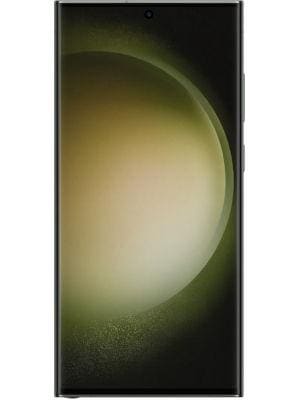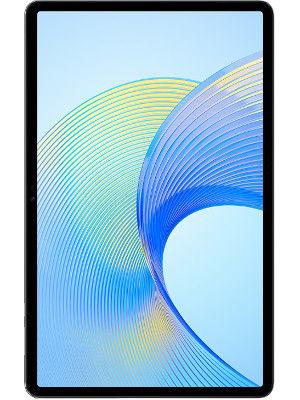Know how Chandrayaan-3 differs from the ill-fated Luna-25
Russian Spacecraft failed in its attempt to land on the South Pole of the Moon and crashed on the lunar surface on August 20.
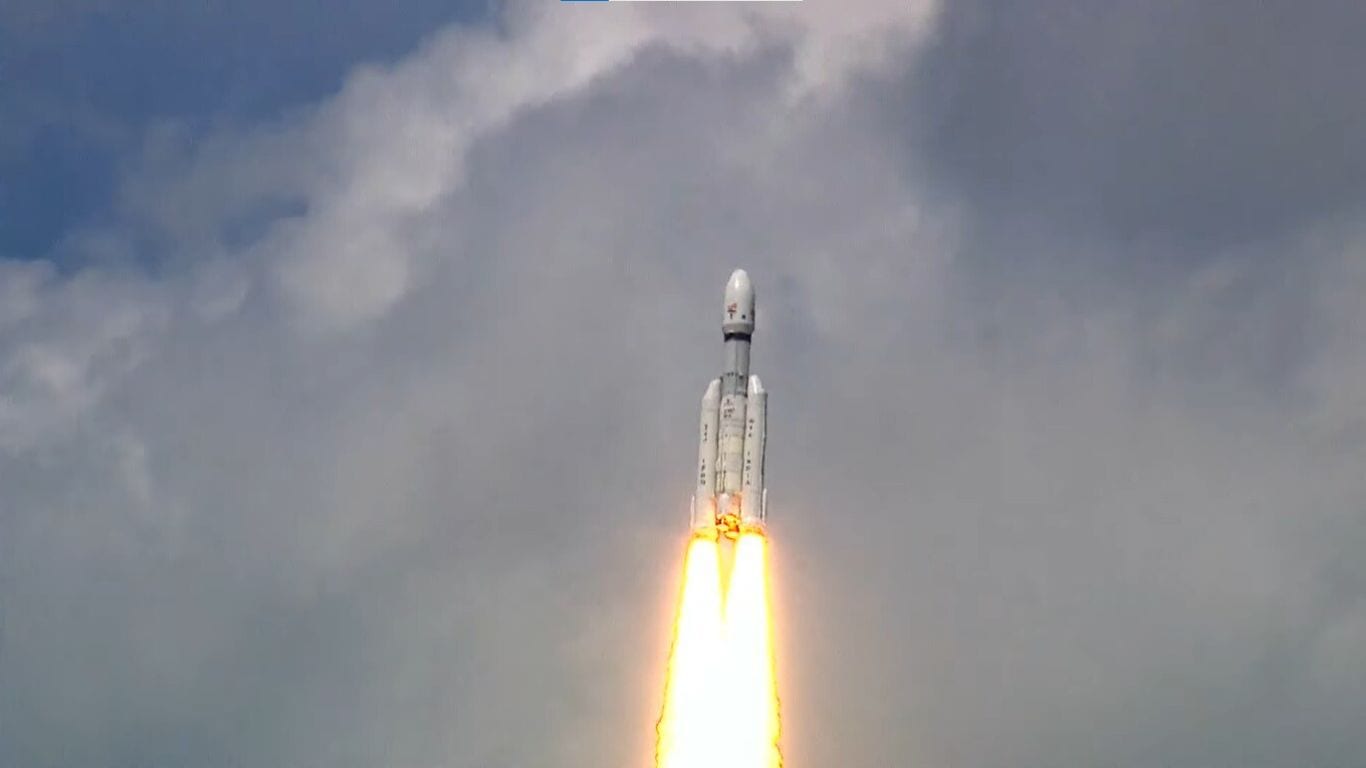
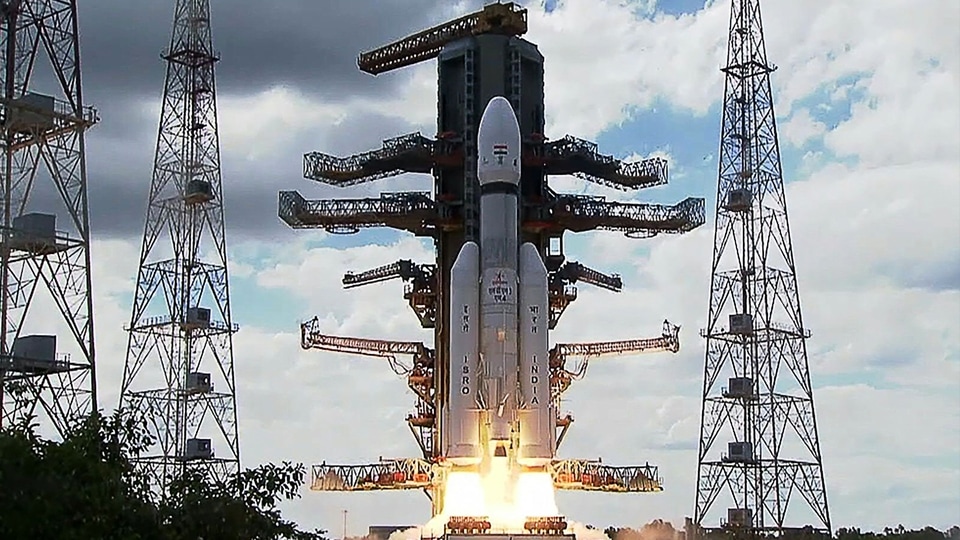
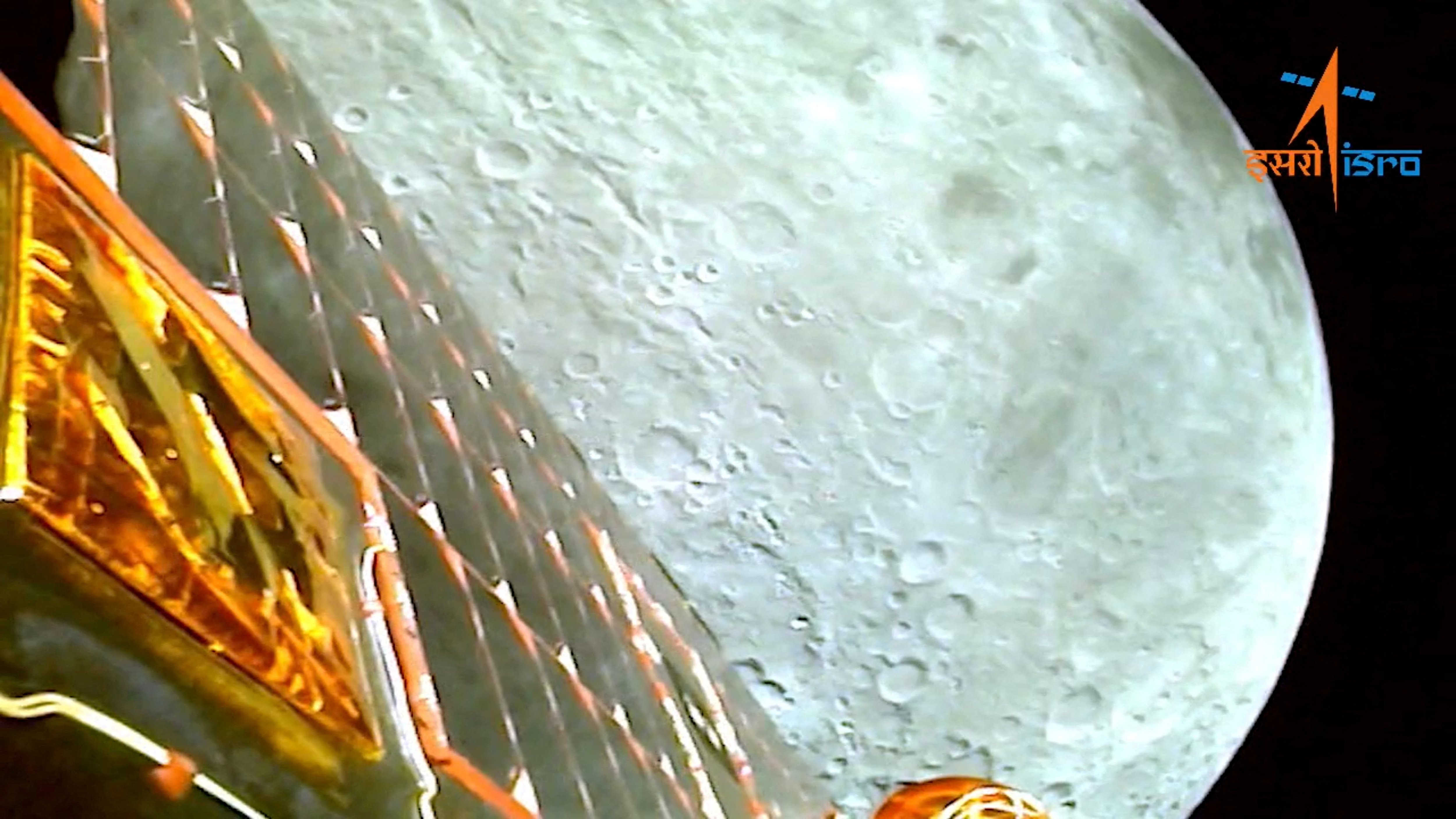
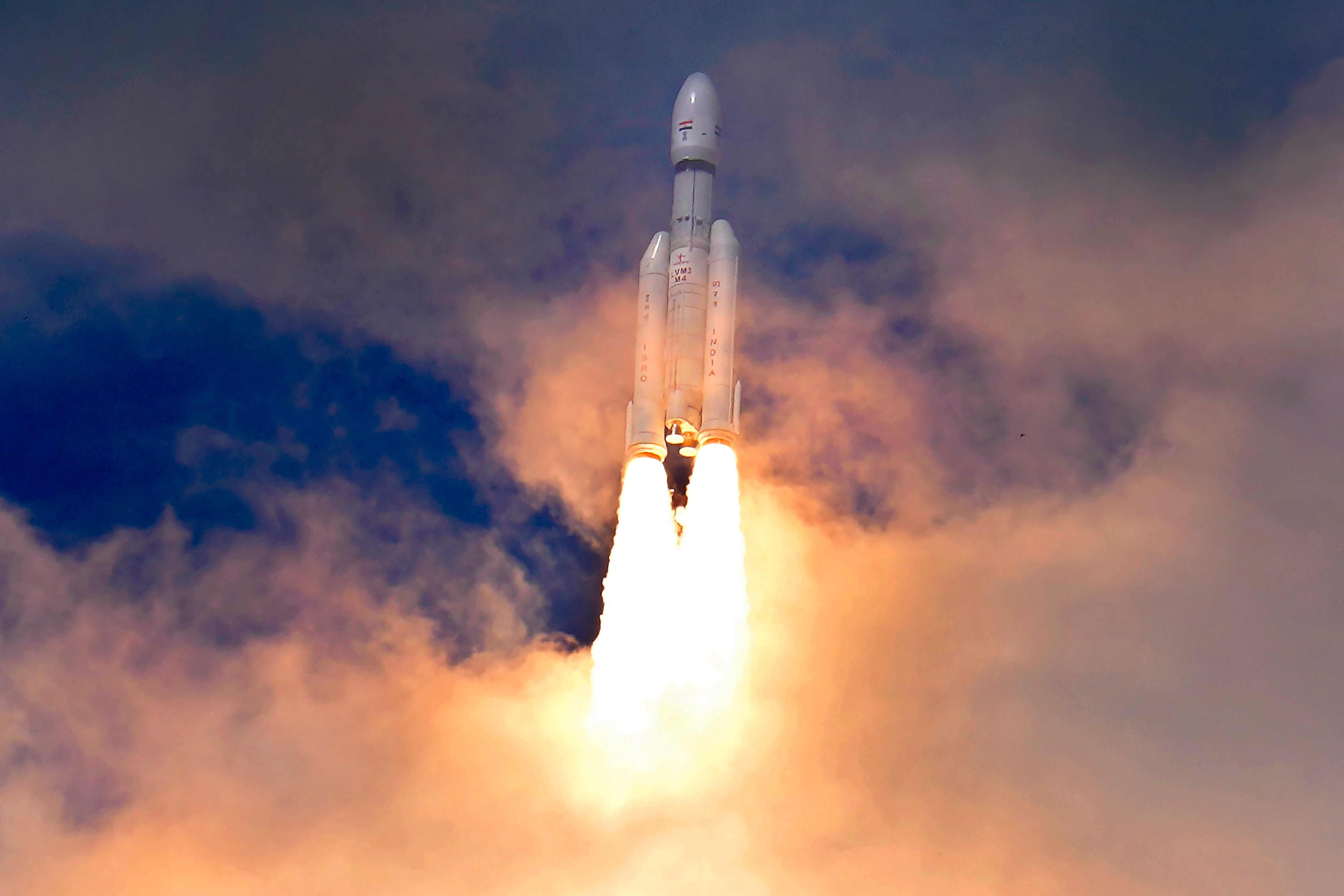
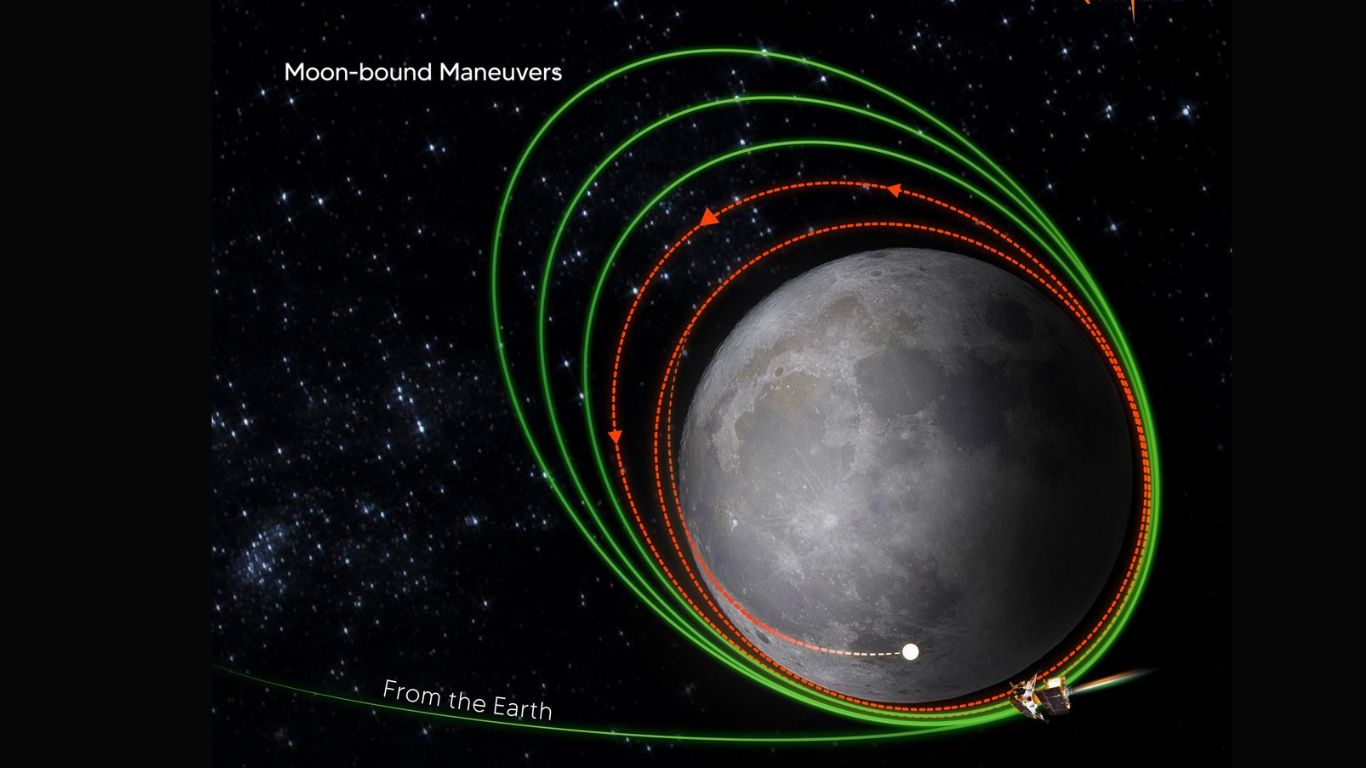
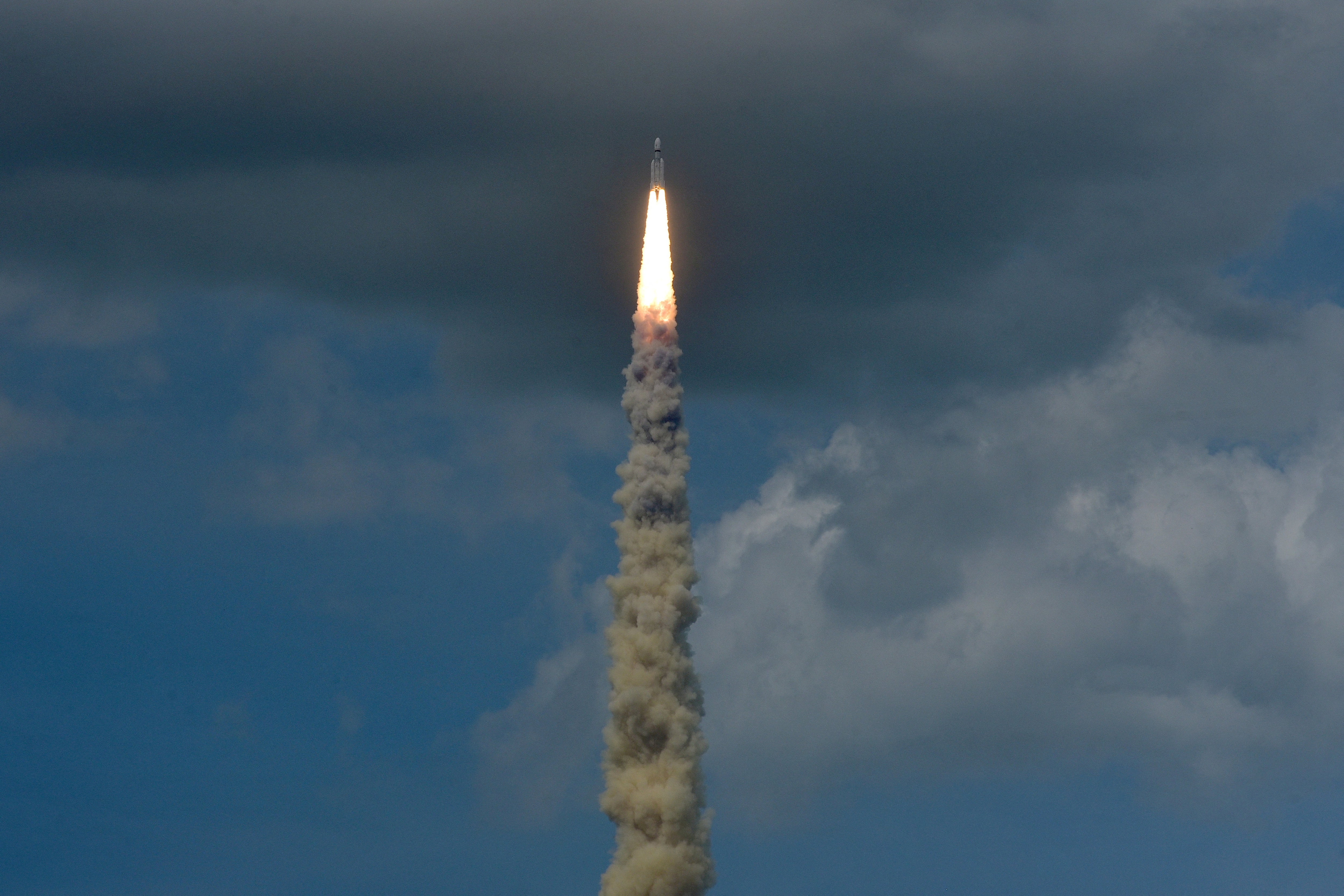
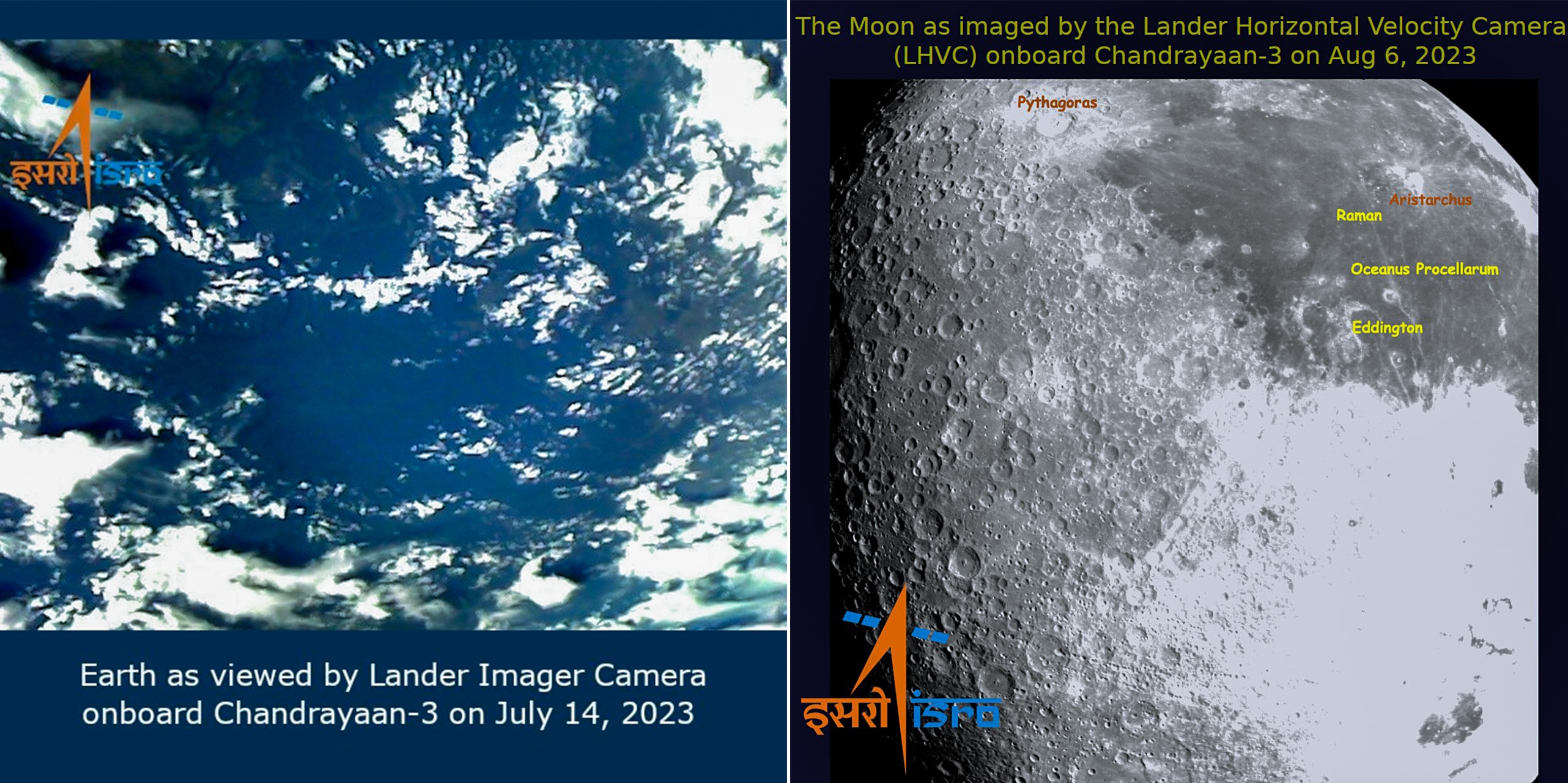
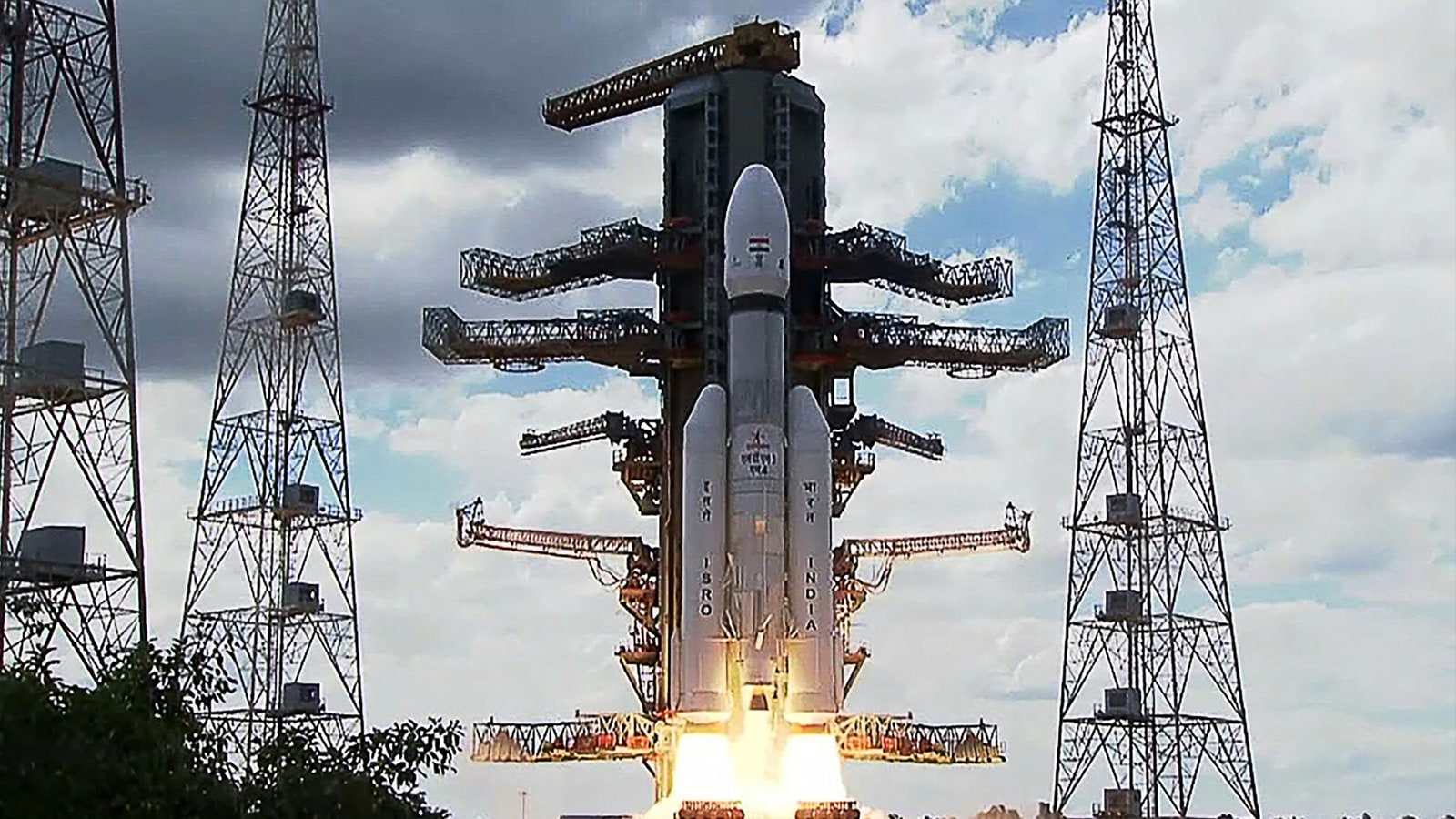
 View all Images
View all ImagesVarious countries are in a quest to reach the moon and that includes India and Russia. Notably, while India is on the verge of fulfilling its mission to Land on the Moon through the Chandrayaan- 3 spacecraft, Russia's ill-fated spacecraft Luna-25 crashed on August 20. Let's take a look at how both of these Lunar Missions are different from each other.
Objectives
As we know, Chandrayaan-3 has 3 main objectives, first to demonstrate capabilities to effect a Safe and Soft Landing on the Lunar Surface, to demonstrate a Rover roving on the moon, and to conduct in-situ scientific experiments. Chandrayaan-3 lander is expected to perform a soft landing on the South Pole of the Moon on August 23 at 18:04 PM IST.
On the other hand, Luna-25 had different objectives. According to NASA, it aimed to investigate the makeup of the lunar surface material. The other objective was to examine the plasma and dust constituents that are present within the Moon's polar exosphere.
Total Expenditure
While Russia's Luna-25 mission was said to cost for Rs. 1600 crore, India's Chandrayaan-3 is way less expensive. According to ISRO, the approved cost for this mission is Rs. 250 crore which includes the cost of the rover and the propulsion module of the Chandrayaan-3 Mission. The remaining cost of the launch service of Chandrayaan-3 is Rs. 365 crore, which makes it a total budget of Rs. 615 crore. Chandrayaan-3 is also less costly than its predecessors i.e. Chandrayaan-1 and Chandrayaan-2. The total cost of the Chandrayaan-2 mission was 978 crore.
Currently, India is the only player left in the journey of Moon exploration. This will help India to embark on a great achievement in the field of space exploration and if this Mission succeeds, India will become the 4th country in the world to execute a successful Moon mission.
The Landers
The Luna-25 lander has a dry mass of about 800 kg, the lander has a 1.6 meter-long Lunar Robotic Arm (LRA, or Lunar Manipulator Complex) to remove and collect the surface regolith to depths of 20 to 30 cm. The arm has four degrees of freedom/rotations: azimuthal, shoulder, elbow, and wrist/scoop. Total mass of the LRA is 5.5 kg, and it uses 30 W nominal, and 50 W maximum power.
The Vikram lander has a mass of 1749.86 kg, including 26 kg for the rover, and can generate 738 W using side-mounted solar panels. The lander has a number of sensors to ensure a safe touchdown and a suite of cameras for hazard avoidance and positional knowledge.
Catch all the Latest Tech News, Mobile News, Laptop News, Gaming news, Wearables News , How To News, also keep up with us on Whatsapp channel,Twitter, Facebook, Google News, and Instagram. For our latest videos, subscribe to our YouTube channel.


